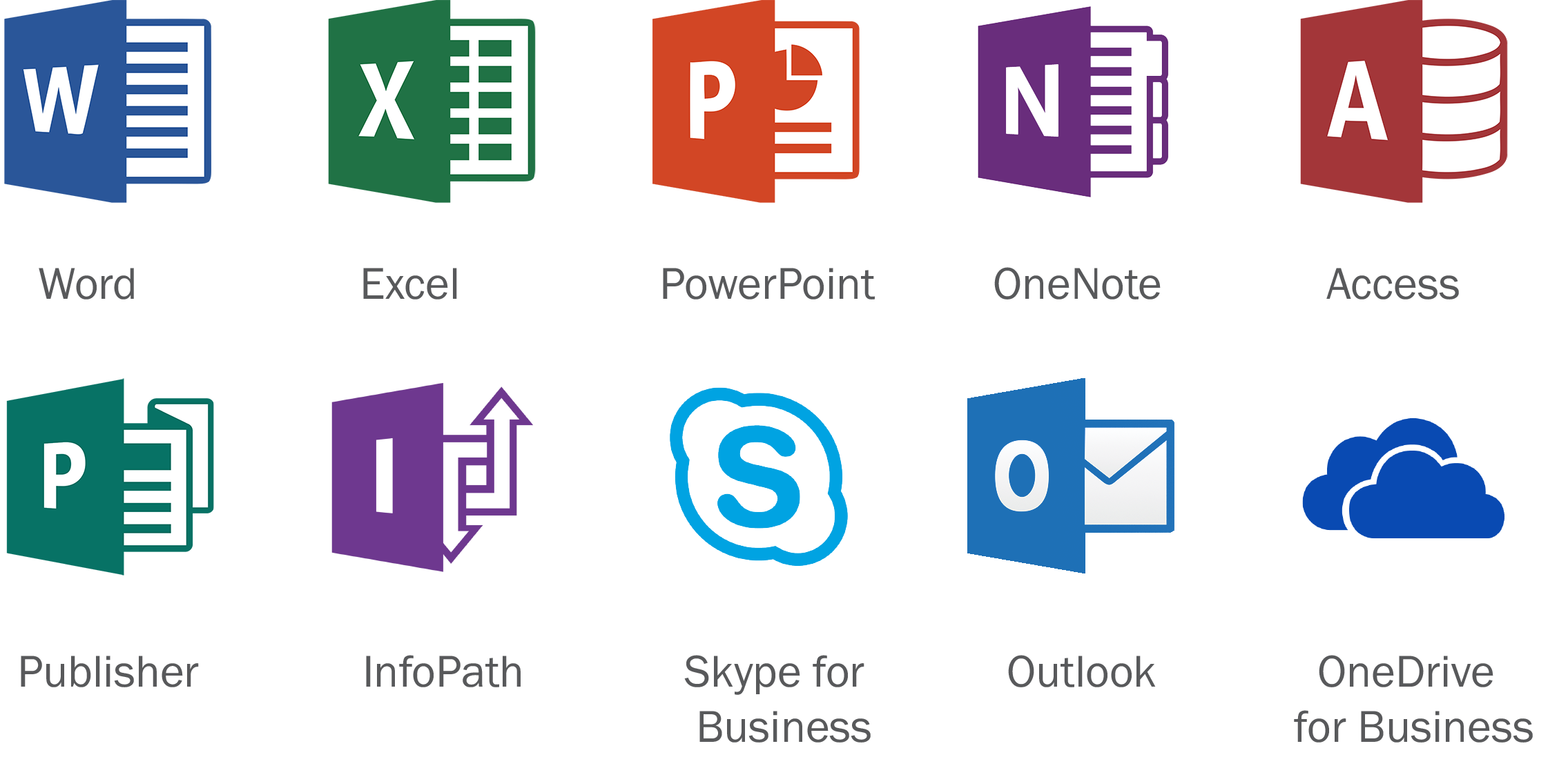

- #Skype for business mac office 2016 install
- #Skype for business mac office 2016 license
- #Skype for business mac office 2016 professional
- #Skype for business mac office 2016 windows
Sign in with the Microsoft account you associated with this version of Office.įorgot your account details? See I forgot the account I use with Office.įrom the top of the page, select Services and subscriptions and on that page find the Office product you want to install and select Install. Go to your Microsoft account dashboard and if you're not already signed in, select Sign in. Third-party seller: You bought Office from a third-party and you're having problems with the product key. Some organizations have different methods to install Office on multiple devices.
#Skype for business mac office 2016 license
Volume license versions: If you work in an organization that manages your installations, you might need to talk to your IT department. Microsoft HUP: If you bought Office for personal use through your company, see Install Office through HUP.
#Skype for business mac office 2016 professional
The SIP profile folder and cached information will be rebuilt, when the client starts again and the issues above should be resolved.Note: The steps to install the 2019, 2016, or 2013 versions of Office Professional Plus, Office Standard, or a stand-alone app such as Word or Project might be different if you got Office through one of the following: This directory will be rebuilt when the SfB / Lync client is restarted the next time. Delete the sip_username directory that matches the sip address of the user experiencing the issues.Lync 2010: %UserProfile%\AppData\Local\Microsoft\Communicator.
#Skype for business mac office 2016 windows

Presence is not displayed in Outlook or SharePoint.Contacts are missing from the contact list.Unable to search the Global Address List.Problems logging on (Check if network and DNS is okay first, though).If there are any issue with the cached files in the SIP profile, users might experience issue with desktop client such as: Skype for Business: %UserProfile%\AppData\Local\Microsoft\Office\16.0\Lync.Lync 2013: %UserProfile%\AppData\Local\Microsoft\Office\15.0\Lync.Lync 2010: %UserProfile%\AppData\Local\Microsoft\Communicator\.This cached information is stored in the users SIP Profile in a folder named sip_( SipURI of the user) located on a Windows computer in the following folder, depending of the client version: The cache is to minimize the bandwidth consumption of the Skype for Business (Lync) client, since it retrieves a lot of information from cache.

This caching information is used when the client does e.g. The desktop client of Skype for Business (or Lync 2010 / Lync 2013) cache a lot of information on the PC. I recently had a scenario, where clearing up the current Skype for Business Profile solved our problem, I our case the Skype for Business client had problems logging on and it was not related to network or DNS.


 0 kommentar(er)
0 kommentar(er)
